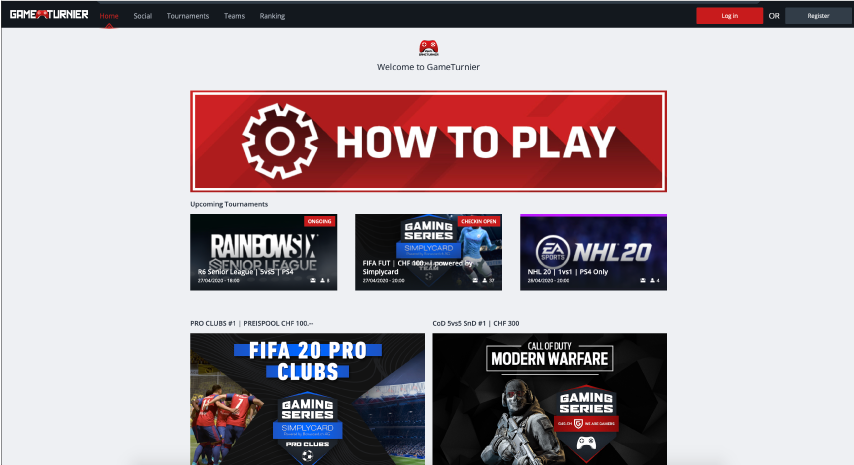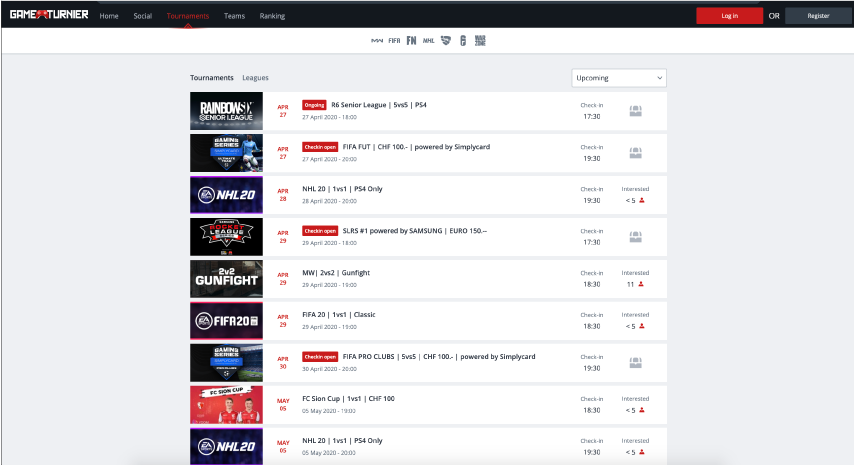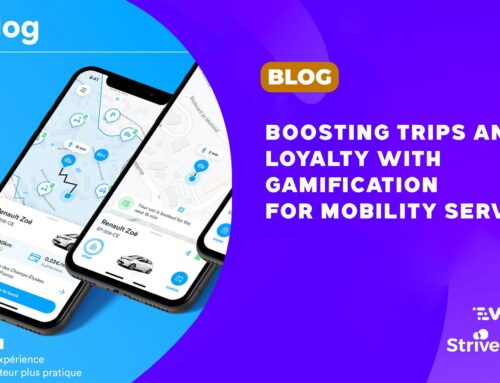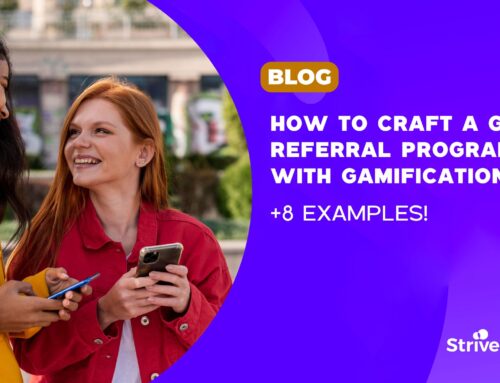Why you‘re not retaining fan engagement and what you should do about it
Don’t you just hate it when you’re getting spammed with ads for products that have nothing to do with your interests? One of the greatest challenges in sports marketing today is sparking fan engagement through digital experiences tailored to the individual needs of the fans.
You’ll discover:
How personalization drives fan engagement
First of all, what does it mean to personalize a digital experience? When it comes to user experience, small tweaks can make a big difference. As Tobias, the CEO of eStudios, noticed: trivial details like naming a button can confuse the users and impact their overall experience as well as fan engagement.
In short, personalization is a process that enables you to tailor customer journeys and experiences to suit the individual needs and preferences of a customer. Your website, app, or any digital experience anticipates your users’ needs based on previous interactions.
Personalization is often mistakenly equated with customization. Unlike personalization, customization happens by the user’s actions. In those cases, the users select their preferences. On the other hand, personalization stems from the system itself. Both can enhance a user’s experience, but only when carefully implemented.
While you may think of personalization as a nice-to-have luxury, research shows its fundamental impact on revenue. A 2017 study by personalization company Monate found 79% of organizations that exceeded revenue goals have a documented personalization strategy.
Also, a 2015 study released by market research company Forrester concluded personalization is crucial for marketers seeking to enhance customer centricity and engagement.
For instance, streaming service Netflix illustrates how powerful personalization can be to drive engagement as 80% of their views come from personalized recommendations alone.

The role of data in personalization
According to a 2019 article by consulting firm Mckinsey, personalization will be the prime driver for marketing success within five years. The rise of data and analytics are the major factor in this increasing importance and viability of personalisation.
Data is the key to understanding your users. It all starts with knowing who your fans are. Once you start to learn the behaviors of your users, you can use that information to better meet their needs and even predict what they might want at a particular touchpoint going forward.
When deciding which data to use for personalization, you need to keep three critical factors in mind. First, you need to use genuine data. Every fan is different. That’s why your system should learn user preferences along the way. While general industry data might be great to create an initial experience, it’s not merely enough to stay up to date with today’s user expectations.
Secondly, you have to use data from all customer touchpoints. This allows you to analyze the entire customer journey from end-to-end. The more interactions they have, the more tailored the experience will be.
Finally, you need to ensure if the data is fit-for-purpose. Data privacy has become a big subject in society. Balancing both personalization and data privacy is often referred to as “The privacy paradox” by research firm Gartner.
“Organizations that combine identity data with behavioral data will outpace those that don’t. The key is to bring value to customers and keep data use in context.” Penny Gillespie, VP Analyst @ Gartner
Different behaviors in the esports fan community
The esports community continued to rise during the global pandemic. With tons of traditional sports turning to esports, fan engagement is on a rise, further fueling the industry’s growth.
Just like in more traditional sports, esports offers games for everyone. You have sports games like FIFA or NBA 2K, first-person shooter games like CS:GO, or multiplayer online battle arenas such as League of Legends and Battle Royale games like Fortnite. They all offer a different experience and typically attract diverse audiences.

“With GameTurnier the biggest community is in FIFA. Each gaming community has different behaviors. Before StriveCloud we had lots of complaints from the players. We needed a platform for FIFA behavior.” Tobias Egartner, CEO @ eStudios
While the esports community is often looked at as a whole, it’s important to remember every game has its very own fanbase. Insights company Pulsar found that different games have dedicated communities. The noteworthy thing is they rarely talk about games other than the ones they are playing. Additionally, fan communities also use different social platforms for different purposes.
In contrast to fans of ‘traditional’ sports, fan loyalty doesn’t lie with a specific team. Instead, fans follow individual Twitch streamers and games. The influencers for this audience can be found in real-life sport. For instance, FIFA fans follow footballers and brands associated with football. This means you will need a separate strategy for every single community when it comes down to personalization and esports fan engagement.
How eStudios solved the challenge of esports fan engagement through a personalized experience
eStudios is a 360 degree Swiss esports startup focused on every aspect a brand needs to go into esports and gaming. They also own GameTurnier, the largest gaming tournament platform in Switzerland.
After testing out several fan engagement technologies on the gaming tournament platform, they noticed some difficulties with the FIFA community. After multiple complaints, it became clear the user experience had to be improved.
Not only did the broken user experience make the GameTurnier community unhappy. It also made it hard for eStudios to launch campaigns and engage a restless audience for its agency clients.
First off the gaming tournament platform needed a behavior-driven approach for designing a gamified user experience that lifts esports fan engagement.
Furthermore, they needed a platform that works for multiple campaigns.
That’s where StriveCloud comes in! StriveCloud’s white-label solution made it so eStudios can set up new platforms for their client portfolio in no time! Additionally, a team of gamification experts helped analyze the FIFA behavior to create a frictionless experience for gamers.


“We are really good at organizing FIFA competitions. StriveCloud is really good at making the platform work for the community.” Tobias Egartner, CEO @ eStudios
The new platform was launched one day before the corona lock-down in Switzerland, and in Tobias’ own words: “It was one of the best launches ever.”
The results were astonishing. With a rapidly growing and active esports community, Tobias and his team were able to build new partnerships with brands. Not to mention how the platform shift doubled their user growth and acquisition targets with over 4,000 hours of eyeball time in just two months and 600 weekly played competitions.
Nevertheless, they don’t plan to stop here. There is an even bigger opportunity to use StriveCloud in other campaigns…




